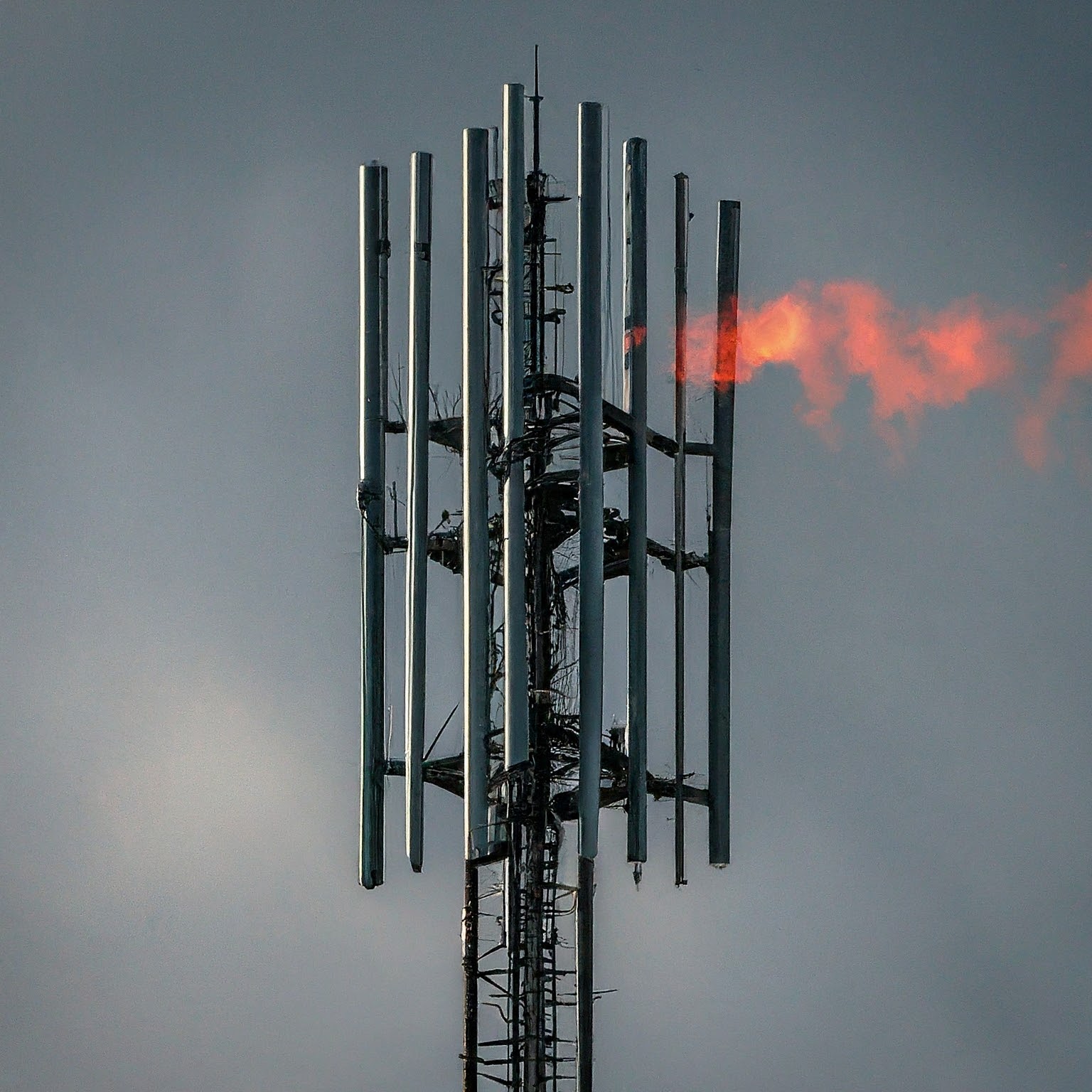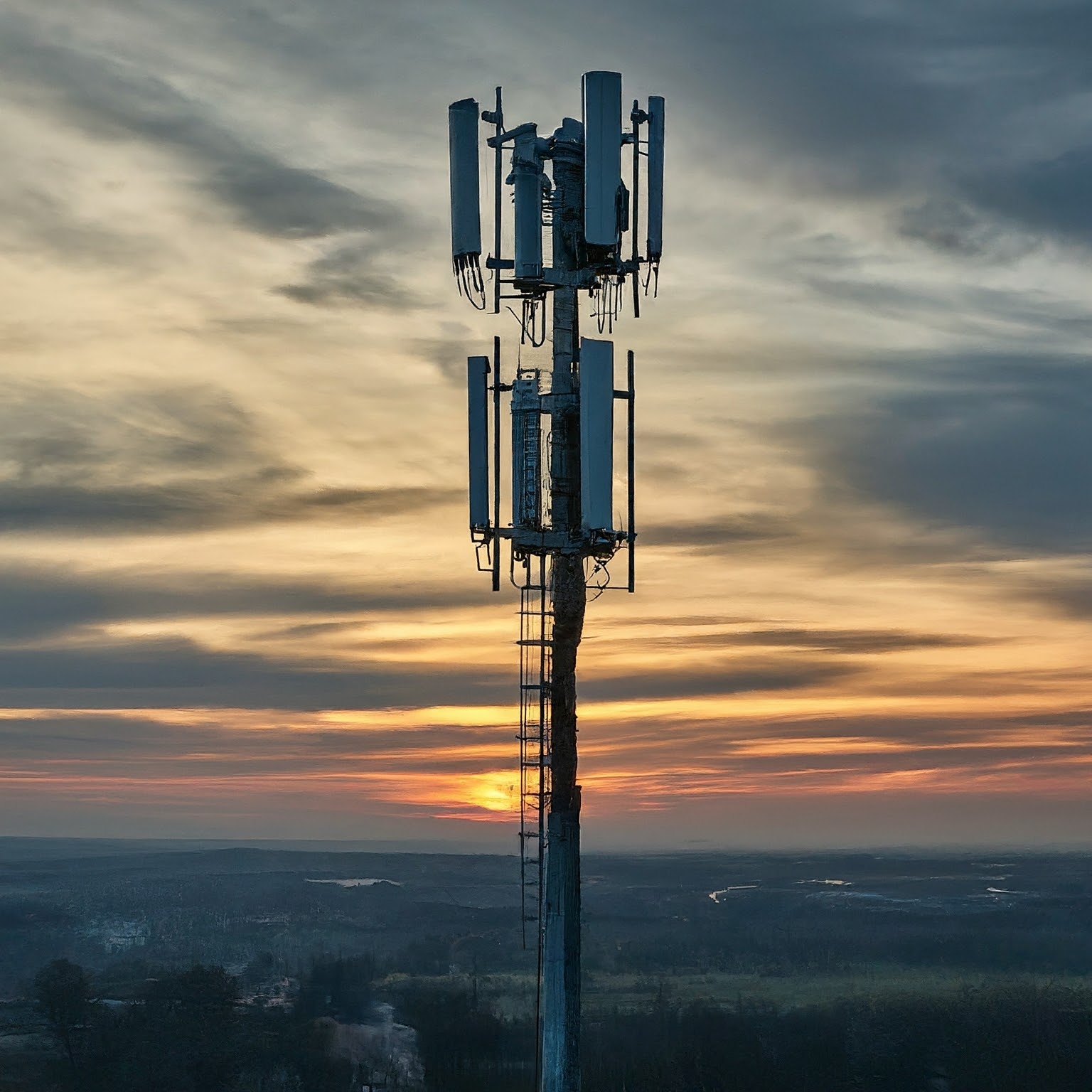In the realm of mobile communication, experiencing an AT&T SOS only status can be alarming. This condition signifies a limited network connectivity, where only emergency calls can be made. This article delves into the potential causes of this issue, steps to troubleshoot, and preventive measures to avoid encountering the AT&T SOS only message.

Understanding AT&T SOS Only
When your phone displays AT&T SOS only, it indicates a severe degradation in network coverage. This can occur due to various factors, including:
- Network congestion: Excessive network traffic in a particular area can overload the system, leading to limited functionality.
- Natural disasters: Extreme weather conditions like hurricanes, tornadoes, or earthquakes can disrupt cellular infrastructure.
- Device-related issues: Problems with your SIM card, phone software, or hardware can contribute to the AT&T SOS only status.
- Carrier network issues: Technical difficulties within AT&T’s network can impact service.
Troubleshooting AT&T SOS Only
If you encounter the AT&T SOS only message, follow these steps to troubleshoot the issue:
- Check for network coverage: Ensure you are in an area with adequate cellular signal strength. Move to a different location to assess if the issue persists.
- Restart your phone: A simple restart can often resolve temporary glitches and restore normal service.
- Check SIM card: Verify that your SIM card is properly inserted and not damaged.
- Update phone software: Ensure your phone’s operating system is up-to-date with the latest updates.
- Contact AT&T customer support: If the problem persists, reach out to AT&T’s customer service for assistance. They can provide information about network outages or technical issues.
Preventing AT&T SOS Only
While it’s impossible to completely prevent the occurrence of AT&T SOS only, there are steps you can take to minimize the chances of encountering this issue:
- Maintain a strong signal: Use your phone in areas with good cellular coverage.
- Keep your phone updated: Regularly install software updates to address potential bugs and improve performance.
- Monitor network status: Stay informed about potential network outages or disruptions in your area.
- Have a backup communication plan: Consider alternative communication methods, such as a landline phone or satellite phone, in case of emergencies.
The Impact of AT&T SOS Only on Emergency Calls
It’s crucial to understand that even in AT&T SOS only mode, you can still make emergency calls by dialing 911. This feature is essential in critical situations when regular cellular service is unavailable. However, it’s important to note that other services, such as texting, data usage, and regular calls, will be restricted.
The Role of Technology in Addressing Network Congestion
As technology advances, network providers are implementing strategies to mitigate network congestion and improve overall service reliability. Techniques like network slicing, small cell deployments, and advanced traffic management systems can help prevent situations that lead to AT&T SOS only conditions.

Conclusion
Experiencing an AT&T SOS only status can be unsettling, but understanding the potential causes and troubleshooting steps can help you address the issue effectively. While technology continues to improve network reliability, it’s essential to be prepared for unexpected disruptions and have a backup communication plan in place. By following the guidelines outlined in this article, you can enhance your preparedness and minimize the impact of network-related challenges.


